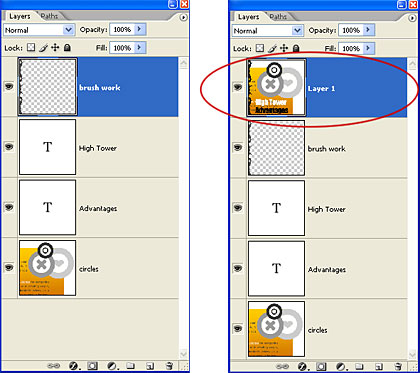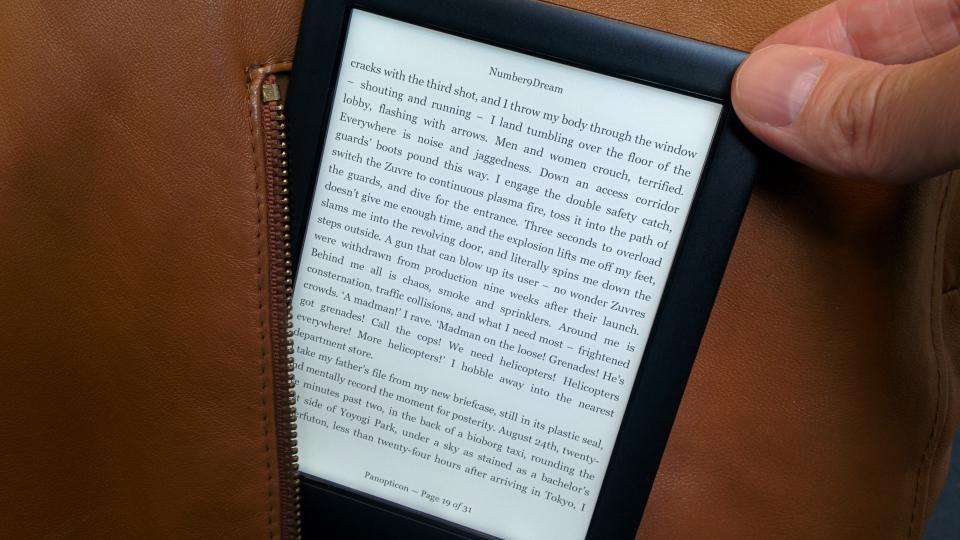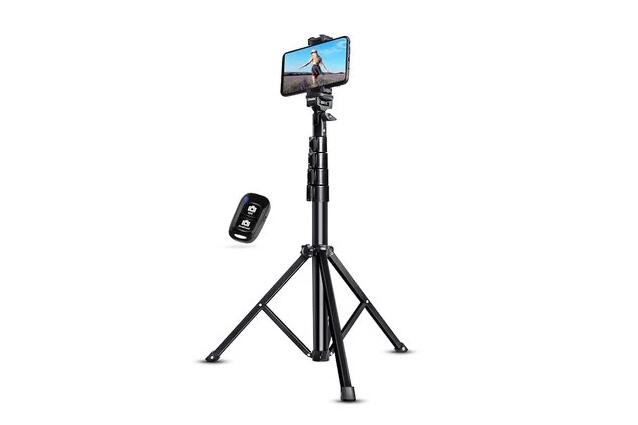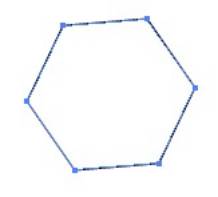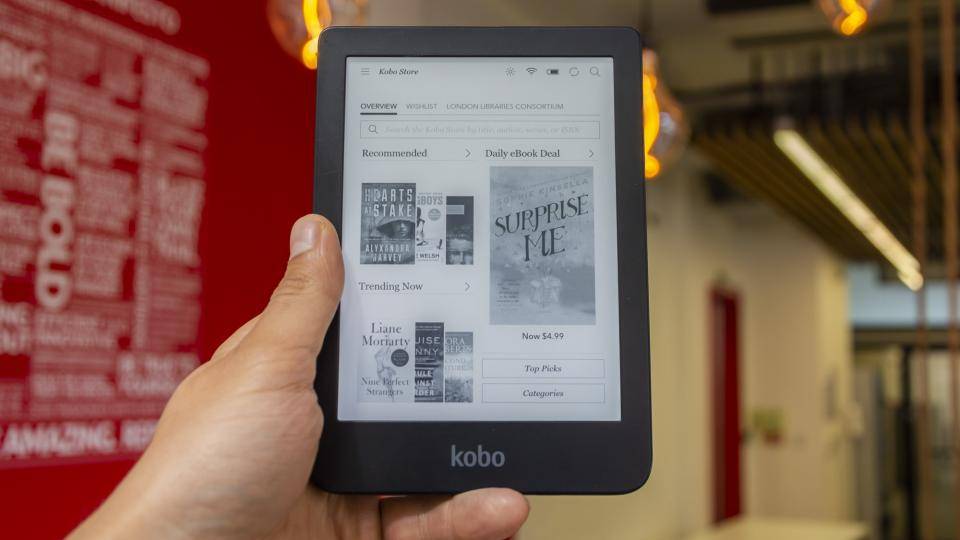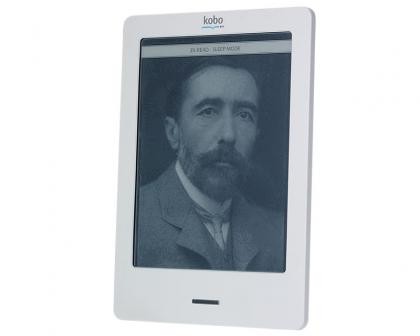Selecting the right motion sensor camera can transform your home security, providing efficiency and peace of mind. To find the perfect fit, focus on key features that align with your needs. Understanding these features helps in making a more informed decision, enhancing your security system’s efficiency. From technical specifications to storage options, each aspect plays a crucial role in a camera’s overall effectiveness. This guide walks you through essential elements to consider, ensuring your investment is both practical and technologically robust. Dive into this comprehensive exploration to ensure your motion sensor camera meets your security and home monitoring requirements.
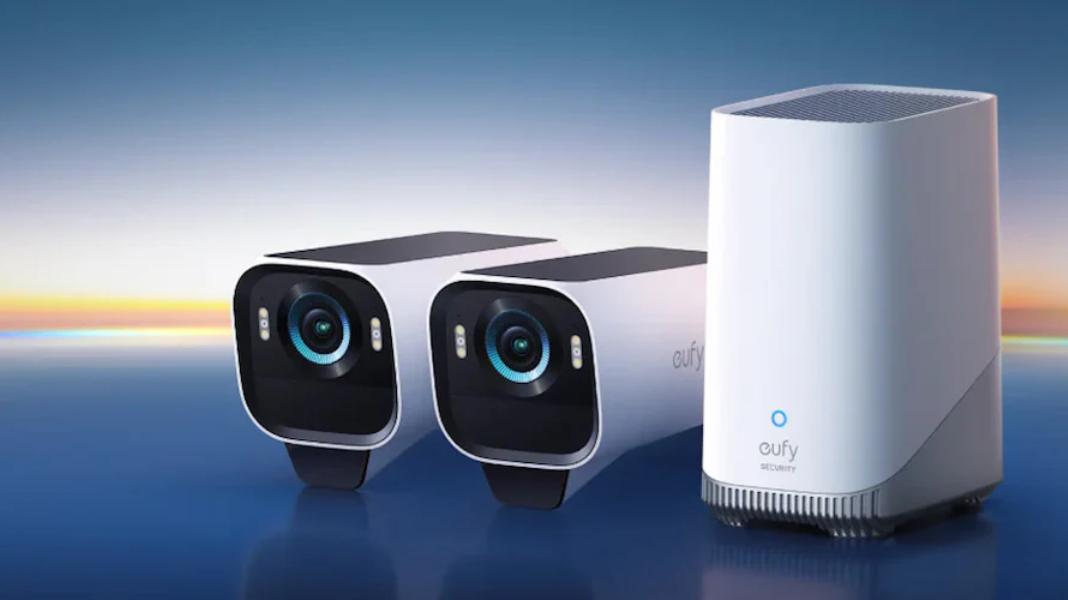
Key Features to Look for in a Motion Sensor Camera
Determining the right motion sensor camera involves evaluating several core features. These elements not only enhance security but also improve functionality and ease of use.
Detection Range and Sensitivity
Detection range is vital in a motion sensor camera. It defines how far and wide a camera can detect motion. Wide detection ensures comprehensive coverage, capturing activity from various angles. Sensitivity settings allow customization, ensuring the camera triggers only for significant movements, preventing false alarms. Adjust the sensitivity to match your environment, reducing unnecessary alerts and focusing on real threats. For wide-open spaces, opt for cameras with extended ranges. If you need precise detection in a smaller area, a camera with adjustable sensitivity settings is ideal. Understanding these features ensures you select a motion sensor camera tailored to your environment, providing accurate and efficient performance.
Camera Resolution and Image Quality
High resolution is crucial for capturing clear, detailed images. It ensures that videos and snapshots offer clarity even when zoomed in, important for identifying individuals or details like vehicle license plates. Look for a camera with at least 1080p resolution for clear video footage. Higher resolutions, like 4K, offer even greater clarity but may require more storage space and bandwidth. Consider how video quality impacts your storage and viewing experience. Prioritizing high-quality images ensures valuable footage when you need it most, enhancing your security system’s effectiveness in critical situations.
Night Vision Capabilities
Night vision is essential for 24/7 security. It allows cameras to detect movement and capture clear footage in low-light or dark environments. Look for infrared (IR) LEDs, which enable the camera to work effectively at night. The range of night vision technology can vary, so consider how far you need the camera to see in the dark. This feature is crucial for monitoring outdoor areas and ensuring security during nighttime. Enhanced night vision technology can differentiate between real threats and false alarms caused by pets or wildlife, offering a reliable surveillance system after dark.
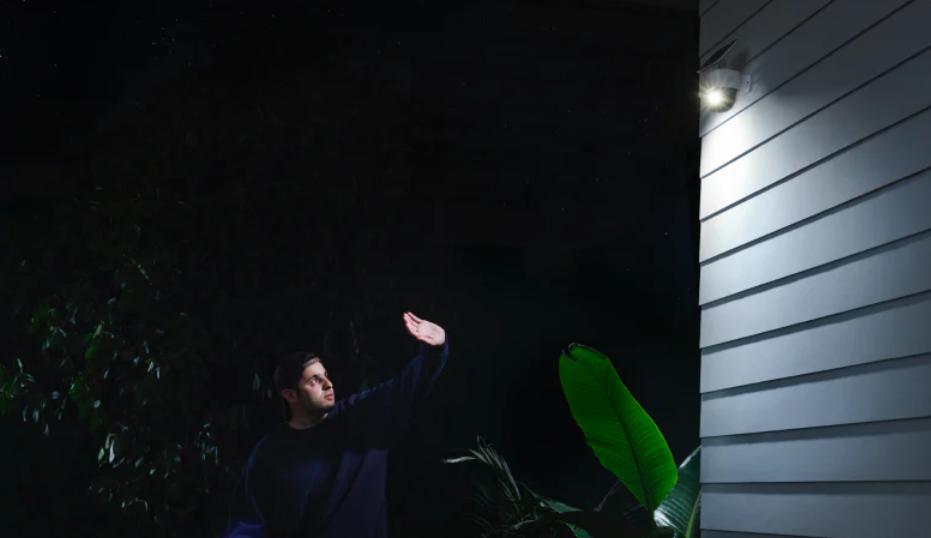
Battery Life and Power Source
Understanding a camera’s power source determines its reliability. Battery life is crucial, especially for wireless cameras. Opt for devices with long-lasting batteries to minimize the frequency of recharges. Solar-powered options provide ongoing energy, reducing maintenance. For wired cameras, ensure convenient placement for constant power access. Evaluate how often you’re able to monitor power levels and recharge as needed. Choosing the right power source and battery life saves on maintenance time and enhances the camera’s efficiency, providing constant surveillance when you need it most.
Wireless Connectivity and Integration
Seamless integration into your existing security system is vital. Choose a motion sensor camera offering reliable wireless capabilities. This ensures easy installation and connectivity to your home network. Features like Wi-Fi compatibility and app integration enable remote monitoring and control. Verify the camera’s ability to work with smart home devices, enhancing overall system functionality. This interconnected approach allows for convenient access to live streams, alerts, and camera settings from your smartphone or other devices, keeping you connected to your home security system effortlessly.
Additional Features to Consider
Beyond the basics, consider supplementary features that enhance a motion sensor camera’s functionality. These elements provide additional control and security, tailoring the device to specific requirements and bolstering overall performance.
Motion Zones and Customization
Motion zones allow you to define specific areas in the camera’s field of view where motion is detected. Customizing these zones reduces false alerts, focusing on vital areas like entry points. This feature is ideal for high-traffic locations where full motion detection would be overwhelming. Customization options enhance precision, offering flexibility in routine surveillance. By configuring zones, you maintain focus on critical areas, maximizing the effectiveness of your security while minimizing unnecessary alerts, ensuring more targeted and efficient monitoring.
Cloud Storage vs. Local Storage
Storing footage effectively ensures you have access when needed. Cloud storage offers remote access and extended capacity for saving data. However, it requires monthly fees and an internet connection. Local storage, such as SD cards, provides quick access and no subscription costs, but limits space. Evaluate your storage needs based on how frequently you want to review footage. Balancing cost, ease of access, and storage capacity helps in deciding the best option for your security system, ensuring reliable footage retrieval when necessary.
Weather Resistance and Durability
For outdoor cameras, weather resistance ensures optimal performance under various conditions. Cameras with IP ratings withstand elements like rain, dust, and extreme temperatures. Investing in durable materials prolongs longevity, preventing frequent camera replacements. Consider the environmental conditions of the camera’s location, ensuring it can endure while maintaining functionality. Evaluating weather resistance and durability helps select a motion sensor camera that will consistently perform regardless of environmental challenges, offering peace of mind and enduring security coverage.
Tips for Choosing the Best Motion Sensor Camera for Your Needs
Begin by assessing your home or business environment to determine specific security needs. Consider factors like location, lighting, and area size. Evaluate the significance of each feature based on how it addresses your security concerns. Compare different models, reading reviews and expert opinions for performance insights. Set a budget that prioritizes key features over ancillary ones. Balance technological capabilities with affordability. Finally, test shortlisted cameras in real-world conditions to ensure they meet your criteria before committing to a purchase. Making informed choices based on detailed assessments guarantees a tailored security solution, enhancing your property’s safety efficiently.
Conclusion
Choosing a motion sensor camera involves weighing various features to match your security needs. From detection range to weather resistance, each component plays a role in effective surveillance. Understanding these aspects fosters a more tailored selection process, ensuring efficiency and reliability. By considering technological capabilities and practical applications, you gain a clearer perspective on investment value. A well-chosen motion sensor camera enhances your home or business security, providing peace of mind and safeguarding your property. This careful evaluation ensures you enjoy comprehensive protection tailored to your unique security requirements.


